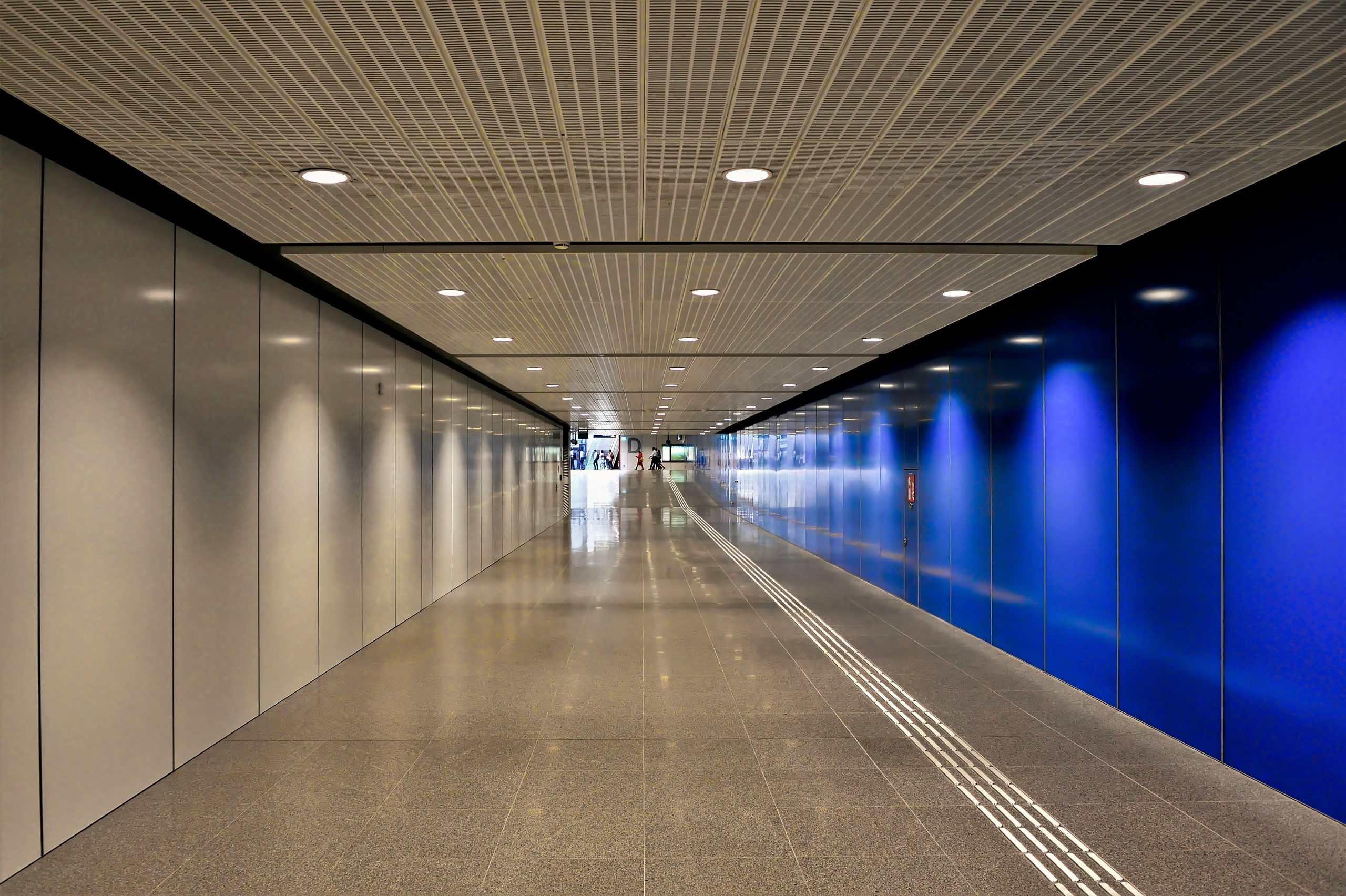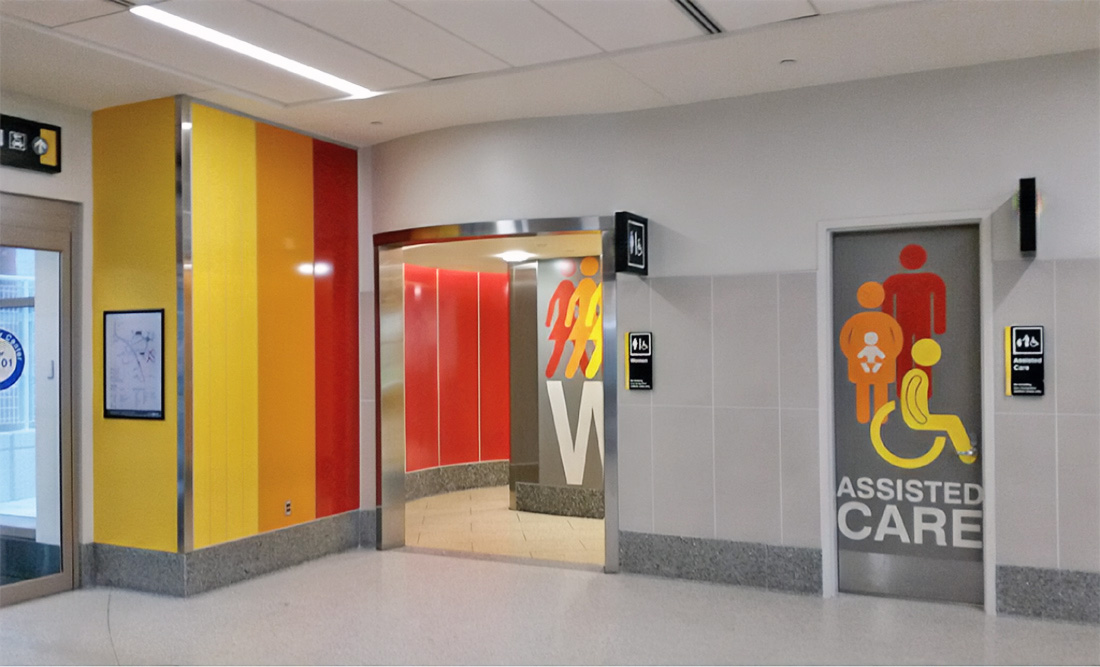The principal mission of commercial interior design is to create environments that are both welcoming and functional for everyone. However, traditional design practices sometimes fail to accomplish this core mission. Making commercial spaces accessible benefits not just people with disabilities but also elderly individuals, parents with strollers, and others with temporary mobility issues. In addition, it also helps a business comply with accessibility regulations such as the Americans with Disabilities Act (ADA) and similar regulations in the EU, Canada, and the rest of the world.
Despite the benefits and compliances, businesses and government buildings are all too often inaccessible to persons with special needs. Individuals who have mobility or sensory impairments often find themselves struggling to access and use public and private spaces effectively. This means they are prevented from participating fully in their communities, workplaces, schools, and even their governments. To become a truly diverse and equitable society, removing accessibility barriers in the built environment has to be a high priority. In other words, the principal mission of interior design must include universal access as it goes about creating welcoming and functional spaces.
Here are some important points to advance universal access:
Consider accessibility in the early stages of design. Universal access should be considered throughout the design process, not as an afterthought. This helps to ensure that accessibility features are integrated into the design, rather than added on as an after-the-fact solution.
Use clear and contrasting colors. High-contrast color combinations, such as black and white or blue and yellow, make it easier for individuals with visual impairments to navigate spaces. Surface Imaging capabilities make it possible to offer high-contrast, colorfast, full-color printing on CeramicSteel architectural panels, transforming commercial environments through an almost unlimited combination of colors, printing options, dimensions and applications.
Provide ample space for maneuvering. Make sure that doorways, aisles, and other spaces are wide enough for individuals using wheelchairs or mobility aids to pass through comfortably.
Include accessible signage. Provide clear and easy-to-read signs that include Braille and raised lettering for individuals with visual impairments. High definition printing can be used for signs and wayfinding in a variety of spaces such as hospitals, offices, schools, pedestrian walkways, and interior corridors.
Install easy to access technology. Consider installing technology that is accessible to individuals with disabilities, such as automated door openers, voice-activated elevators, and audio descriptions for visual displays.
Consider surface options. Utilize durable, easy to clean and maintain surfaces to create a safer and more hygienic environment. Polyvision’s CeramicSteel is germ-resistant and easy to clean. Hygienic CeramicSteel takes that protection even further, utilizing Silver Ion Technology that actively works to keep the surface clean for the lifetime of the product. This is ideal for use in demanding environments where cleanliness is vital, including public spaces such as schools, workplaces, airports, public restrooms, healthcare facilities, and more.
Incorporate accessible seating. Make sure that there is a variety of seating options available, including options that are accessible to individuals with disabilities.
Ensure adequate lighting. Adequate lighting is important for individuals with visual impairments and can also help to create a welcoming and inclusive environment for all users.
Accessibility and universal access aren’t just a trend or a fad. These guiding principles are an imperative, particularly as people everywhere seek to cultivate a more inclusive and more equitable society. Universal access is intended to ensure that the built world is as welcoming, comfortable, and functional for those with special needs as it is for those without. This includes designing to include people with impairments across all elements of design, from site selection to materials planning and beyond. These practices ensure that public spaces are open to everyone and that, ultimately, the built environment no longer presents barriers to full participation.


